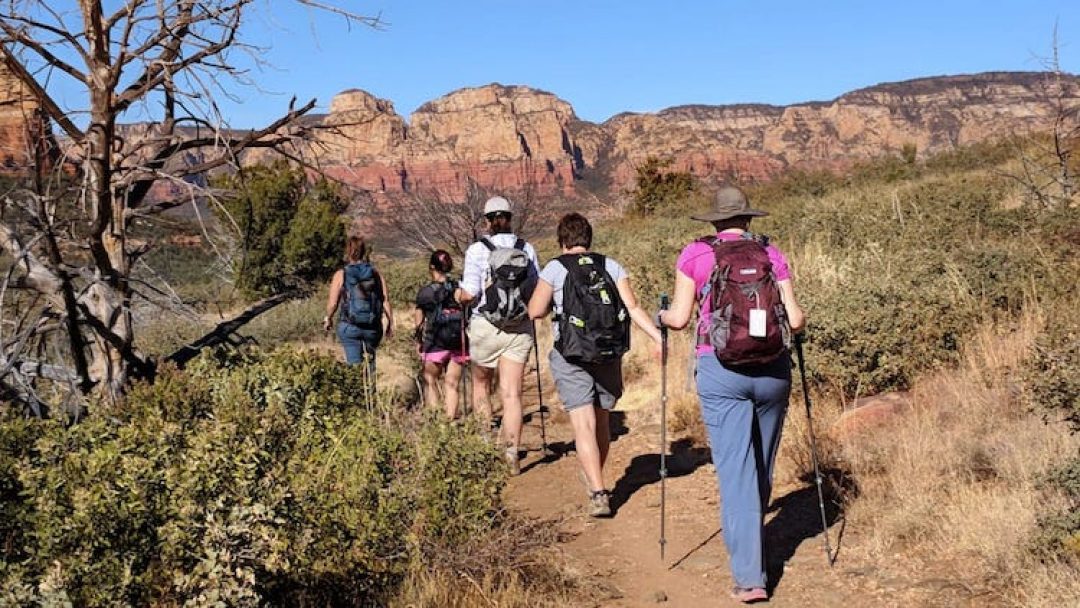Hiking is a great way to unplug and stay in shape: however, it is an activity that can take you off the grid, away from civilization, cell coverage and immediate help. Therefore, you need to make sure you have all the things necessary to ensure a safe and successful day (or days) on the trail. Use this list as a guide, but also add other things you think you would need for when the unexpected occurs.
Hydration
Water is a top priority for your journey, even if you only plan to hike less than an hour. Two liters is a bare minimum per person; however, the exact amount you need to bring is dependent on how much you drink and the temperature. It’s also a good idea to bring extra in case something unexpected occurs. If you’re going to be around bodies of water, you should take something to filter water with.
Food
In addition to water, you need to bring food. Take both salty and sugary snacks. Electrolyte replacements are also great and will keep you feeling good. As the temperature increases, so will your need for electrolytes.
Protection from the Elements
It’s important to protect yourself from the sun and rain. At a minimum, you should have: SPF 15 sunscreen, lip balm with SPF, UPF clothing, a brimmed hat and sunglasses, and a poncho.
Footwear
Wearing the wrong footwear can cause sore feet, blisters, and twisted ankles. It’s important to have broken in, comfortable hiking shoes or boots.
It’s also smart to make sure you’re wearing shoes that are appropriate for conditions. If you’re hiking in a hot and dry area, avoid waterproof or leather footwear. If it’s cold and wet, it’s better to wear waterproof.
Map
While there are a lot of GPS devices you can use to map your hike, you should always carry a map. Electronic devices can fail or provide incorrect directions, but a map won’t fail if you know how to read it.
Communication
Most hikers hit the trail to relax, but you’ll still need a way to get in touch with someone if something goes wrong. Always take your cell phone; you never know when you’ll have service. It’s also smart to have a satellite communication device like a Garmin inReach. In addition, always leave a detailed map and itinerary with someone so they know where you’ll be.
Lighting
Even if you’re planning a short hike, always have a headlamp or flashlight in your pack.
Insulation
When spending time on the trail, especially in Northern Arizona, nighttime temperatures can drop quickly. Make sure you pack a fleece jacket or emergency blanket, even if you only plan to be out for the day.
First Aid Kit
This kit can be simple, and you can always buy one from the store. The kit should include: elastic bandages, bandannas, athletic tape, NSAIDs, moleskin, safety pins, tweezers, scissors, gauze, antibacterial ointment, and a small knife or multi-tool.
Duct Tape
This tape can repair many things. It can: prevent or bandage blisters, fix tent poles, repair shoes, and repair holes in packs or tents. We recommend keeping a roll in your first aid kit.
This may seem like a lot to pack with you, but you’ll never know when you may need it. It’s better to be prepared than to end up in a dangerous situation.








